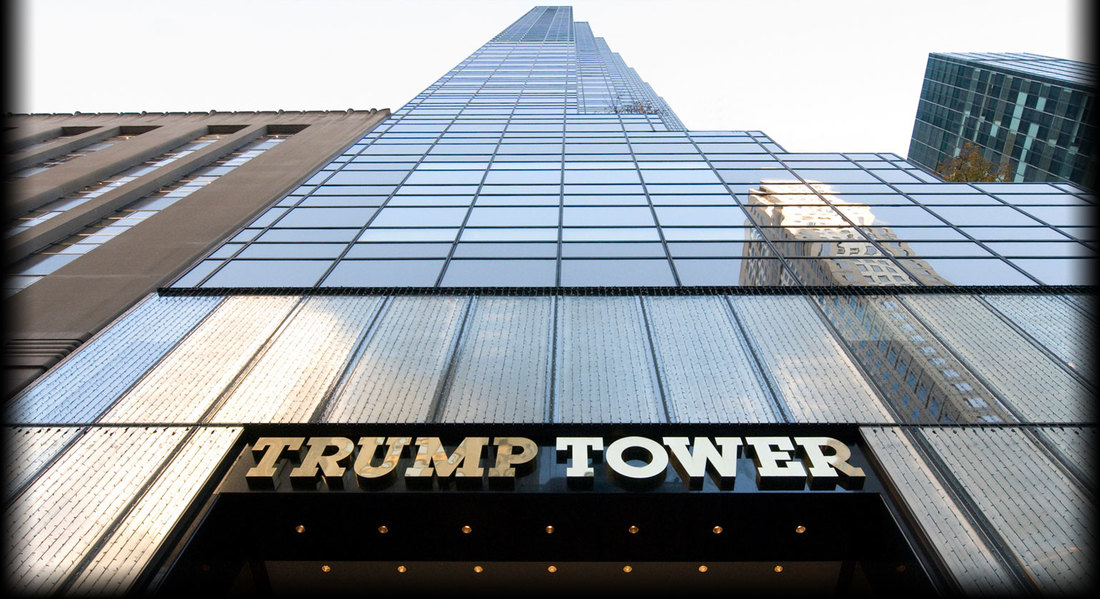|
I heard a story the other day of how Trump Tower in New York came to be and it struck as a fantastic lesson in negotiation. First, no politics here, so please put anything like that aside for 5 minutes as you read this because this story is worth hearing. Did you know that when you build a building in New York, you don't just own the building, but you also own the airspace around the building. Yes, the building physically own the swaths of air. This is why you see some building set back off the road or only at certain heights because the owners may choose to let so much sunlight hit the road around it or not built so high to allow for better views, etc. When Trump was looking to build Trump tower, the property he found and wanted was right next to Tiffany's and it was only in the 4-5 story height range. The reason? Tiffany's owned the airspace and had actually bought extra airspace around their building so tall building could not be built around it overshadowing it and blocking it's light. But the property was the perfect location and deal for Trump. So what did he do? He set a meeting with Tiffany's. Prior to the meeting, he went to his architects and had them design the plans for two hotels, the Trump Tower as you know today and another. The Trump Tower was many stories through the Tiffany airspace, but the other building was only 4-5 stories. Trump instructions on the other hotel? Design the most ugly and outrageous thing you can for 4-5 stories. His architects thought he was crazy, but they created the plans. Next came the fateful day with the meeting at Tiffany's. Trump walks into the room, widely outnumbered by the Tiffany execs who knew they owned the airspace and knew they were in control. Trump laid out the plans for Trump Tower and almost immediately, the execs balked at it and said "there is no way you are building that - we won't allow it in our airspace." Trump said, "I thought you might say that." He then got out the second set of plans and said, "That's fine. If you won't let me build that, I am going to build this." The Tiffany's execs looked at the plans and "You can't build that. There is no way you would build something like that." Trump's response? "Yes I am. Watch me." He then turned and walked out the door. Before he was even back to his office, the Tiffany's execs were on the phone stating they might be able to work things out. Here are the lessons from this story: 1.) Understand your potential objections and what drives the other side of the table in the negotiation. Trump knew what the objections would be and what Tiffany's cared about going in. They didn't want a huge building next door overshadowing them, but more importantly, the did not want their pride and joy located next to the ugliest and most gaudy building in NYC. Trump removed their objection to the building he wanted. 2.) Always control the baseline from which negotiations are done. When Trump walked in the room, the Tiffany execs thought they were in control, but very quickly Trump took control and reset the baseline for negotiating with them by bringing his "2nd set of plans." 3.) Get them emotionally involved. (But don't become emotionally involved yourself) Trump didn't care or at least it came across that way. The Tiffany execs did. They had a reputation to keep and they were driven by emotion to come back to the table. There are more lessons from this story, but these 3 are most important that you can use in any negotiation you have. Remove objections prior or with your strategy for the meeting, always control the baseline, and don't become emotionally involved.
0 Comments
Leave a Reply. |
Click Below to Join Misfit Nation and Get Your Free Copy of "The Top 10 Lessons to Thrive and Succeed!"
Archives
July 2024
Categories
All
Follow Misfit on Twitter!
|
© MISFIT ENTREPRENEUR 2018. ALL RIGHTS RESERVED. Terms and Conditions. Privacy Policy. Affiliate Disclaimer


 RSS Feed
RSS Feed

